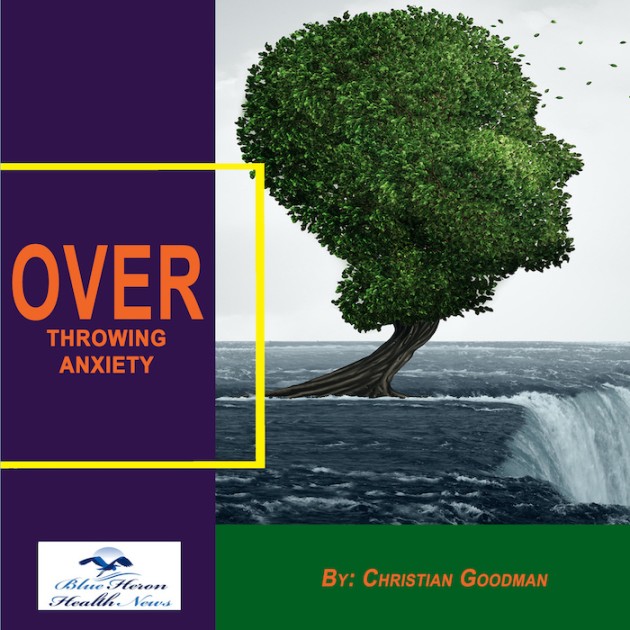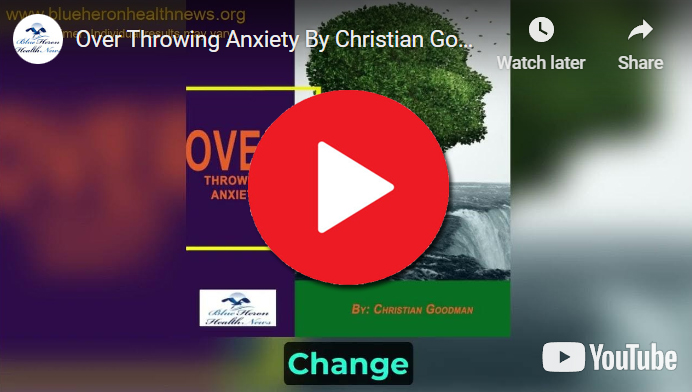
Overthrowing Anxiety™ This eBook includes a complete program to treat anxiety effectively. It guides you to learn the ways to find, understand, and accept the main cause of your anxiety and start using the techniques provided in it to treat the problem.
How can low blood pressure be managed in cold climates?
Managing low blood pressure (hypotension) in cold climates requires a combination of strategies to prevent blood pressure from dropping further due to cold-induced vasoconstriction (narrowing of blood vessels) and other environmental factors. Cold weather can lead to blood vessels constricting, which raises resistance and can make it harder for blood to flow to the limbs, resulting in a drop in blood pressure.
Here are some tips to help manage low blood pressure in cold climates:
1. Dress in Layers
- Warm, layered clothing helps keep your body temperature stable and prevents cold-induced constriction of blood vessels. Choose insulated outerwear, thermal socks, and gloves to keep your extremities warm, as the body prioritizes keeping vital organs warm over limbs in cold conditions.
- Hats and scarves can help prevent heat loss from your head and neck, which helps maintain overall body temperature.
- Make sure your clothing is not too tight, as constriction can reduce circulation, especially if your blood pressure is already low.
2. Stay Hydrated
- In cold climates, it’s easy to forget to drink water, but hydration is essential for maintaining blood volume and avoiding dehydration, which can lower blood pressure.
- Drink warm liquids like herbal tea or warm water to stay hydrated while helping to maintain your body temperature.
- Avoid drinking alcohol and caffeinated beverages in excess, as they can lead to dehydration.
3. Avoid Sudden Temperature Changes
- Sudden shifts between cold and warm environments (like stepping from a cold outdoor area into a heated indoor space) can cause blood vessels to dilate and constrict rapidly, potentially causing dizziness or fainting.
- Try to adjust to temperature changes gradually. If you’re moving from outside to indoors, take a few moments to acclimate by allowing your body to adjust at a slower pace.
4. Wear Compression Garments
- Wearing compression stockings or socks can help improve circulation by preventing blood from pooling in your legs and helping blood return to the upper body. This can be especially beneficial if you’re standing or sitting for long periods in cold weather.
- Compression stockings also help reduce the discomfort and swelling that can sometimes accompany low blood pressure.
5. Eat Small, Frequent Meals
- Large meals can cause a significant drop in blood pressure as blood is redirected to the digestive system. Eating smaller, more frequent meals can help maintain blood pressure levels by avoiding these post-meal drops.
- Include foods that are rich in sodium (in moderation), potassium, and magnesium, as they help regulate blood pressure.
- Avoid foods that are heavy or overly fatty, as they may exacerbate low blood pressure after consumption.
6. Increase Salt Intake (with Caution)
- Salt helps to increase blood volume, which can elevate blood pressure. However, it’s important to consult with a healthcare provider before increasing salt intake, especially if you have other underlying health conditions (like kidney disease or heart issues).
- Opt for sodium-rich foods like broth-based soups and salty snacks if recommended by your doctor.
7. Exercise Regularly
- Physical activity helps improve circulation and can raise blood pressure. Regular exercise improves the efficiency of your heart and blood vessels, making it easier for your body to maintain healthy blood pressure levels.
- Moderate activities like walking, light jogging, or even indoor exercises (such as yoga or stretching) can help prevent blood pressure from becoming too low in cold weather.
- Warm up before any outdoor exercise and take breaks if you start to feel dizzy or lightheaded.
8. Avoid Prolonged Exposure to Cold
- Long periods of exposure to extreme cold can exacerbate the constriction of blood vessels, leading to a further drop in blood pressure. If you need to be outdoors, limit your time in cold environments, especially if the temperatures are extremely low.
- If you’re outside for an extended period, take breaks in a warm environment to avoid the negative effects of prolonged cold exposure on circulation.
9. Use Heating Pads or Warm Blankets
- If you’re indoors, use heating pads, electric blankets, or other sources of heat to maintain your body temperature and promote healthy circulation.
- Warm baths or showers can also help dilate blood vessels and increase blood flow, but make sure the water temperature is not too hot, as it can cause sudden drops in blood pressure.
10. Avoid Standing for Long Periods
- Prolonged standing in cold weather can cause blood to pool in your legs, leading to a drop in blood pressure. If you must stand for long periods, take frequent breaks to sit down, walk around, or shift your weight to improve circulation.
- If standing is unavoidable, consider wearing compression stockings for added support.
11. Monitor Your Blood Pressure Regularly
- Keep track of your blood pressure during cold months, especially if you’re sensitive to temperature changes. Regular monitoring will help you detect any significant drops in pressure and allow you to take action promptly.
- Record your symptoms (such as dizziness or fainting) to share with your healthcare provider to get personalized advice.
12. Avoid Stress and Anxiety
- Emotional stress and anxiety can exacerbate the effects of low blood pressure, especially in cold environments. Practice stress-management techniques like deep breathing, meditation, or relaxation exercises to stay calm and maintain normal blood pressure levels.
- Cold weather combined with stress can heighten the risk of feeling lightheaded or faint, so try to create a calm environment whenever possible.
13. Consult with Your Doctor
- If you’re experiencing frequent episodes of low blood pressure in cold weather, it’s important to speak with your doctor to rule out any underlying medical conditions.
- Your doctor may recommend medications or specific lifestyle changes to help better manage your blood pressure during colder months.
Conclusion:
Managing low blood pressure in cold climates involves protecting your body from extreme temperatures, staying warm, and using lifestyle strategies that improve circulation and prevent sudden blood pressure drops. By dressing warmly, staying hydrated, eating appropriately, and exercising regularly, you can minimize the effects of low blood pressure and stay comfortable in cold weather. Always consult your healthcare provider for specific recommendations tailored to your individual needs.
Overthrowing Anxiety™ This eBook includes a complete program to treat anxiety effectively. It guides you to learn the ways to find, understand, and accept the main cause of your anxiety and start using the techniques provided in it to treat the problem.
